This Is What I Thought About 98.7 Until I Started Listening To It Daily A Few Weeks Ago. The Other
This is what I thought about 98.7 until I started listening to it daily a few weeks ago. The other day I heard the same song twice, once coming home and once coming to school. I live TEN MINUTES away. Although the lack of nuance is quite dissatisfying at times, it's still miles better than most of the other stations.
Day 17: A Song You Hear Often on the Radio.
Well I’m weird because i almost never listen to the radio, first of all, and second of all, I listen to 98.7 which is like 60s, 70s, 80s music and I’ve never heard the same song played twice. so. Yeah.
More Posts from Notneimanmarcus and Others
Skógafoss



ellis-samizdat.tumblr.com (by Andrew ‘Samizdat’ Ellis)

Concorde’s cockpit.

Pink Floyd posters

This Day in Aviation History
August 22nd, 1952
First flight of the Saunders-Roe Princess flying boat.
The Saunders-Roe SR.45 Princess was a British flying boat aircraft built by Saunders-Roe, based in Cowes on the Isle of Wight. The Princess was the largest all-metal flying boat ever constructed.
The project was cancelled after having produced only three examples. By the 1950s, large, commercial flying boats were being overshadowed by land-based aircraft. Factors such as runway and airport improvements added to the viability of land-based aircraft, which did not have the weight and drag of the boat hulls on seaplanes nor the issues with seawater corrosion.
The three airframes were stored against possible purchase but when an offer was made it was found that corrosion had set in; as a result they were scrapped….
Source:
Wikipedia, Saunders-Roe Princess: http://gstv.us/1MDH8iU
YouTube, Saunders-Roe Princess Flying Boats: http://gstv.us/1MDH9U9
If you enjoy the “This Day in Aviation History” collection, you may enjoy some of these other collections from Gazing Skyward TV: http://gstv.us/GSTVcollections
Photo from: http://gstv.us/2b2abBr
#avgeek #flying #boat #SaundersRoe #Princess #British #aviation #history

Milford Sound by Tim Jordan Photography on Flickr.






Iceland
I’ve always assumed that history is fully as speculative a discipline as writing science fiction. Our narrative of history changes as we go along, and hundred years from now, the deep past—assuming that technology continues to emerge at the same rate—the deep human past that those people will be able to see will be quite unrecognizable to us.
William Gibson [x] (via edwardspoonhands)

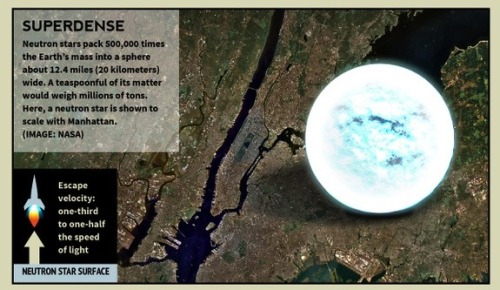
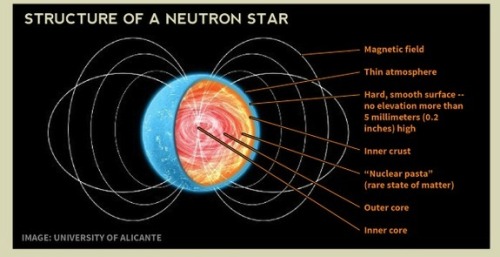
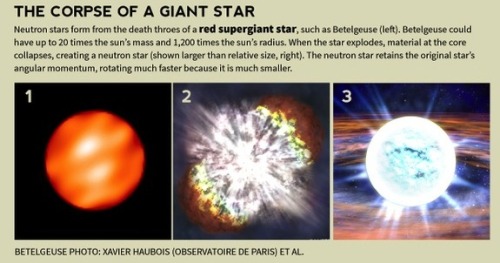
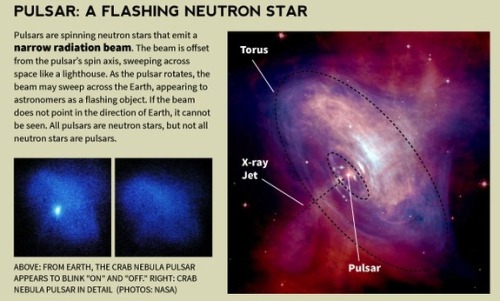

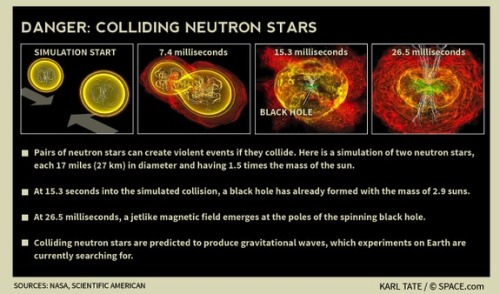
Inside a Neutron Star
Credit: Karl Tate, via SPACE.com
-
 welcometothefiction liked this · 11 years ago
welcometothefiction liked this · 11 years ago -
 notneimanmarcus reblogged this · 11 years ago
notneimanmarcus reblogged this · 11 years ago -
 alpha-rhino reblogged this · 11 years ago
alpha-rhino reblogged this · 11 years ago
It's a blog. What more could you want to know?
106 posts